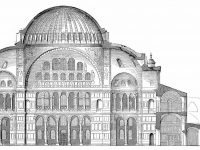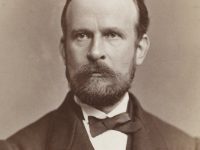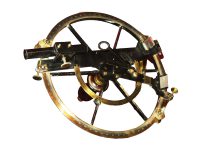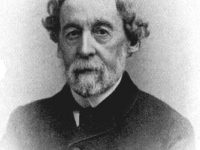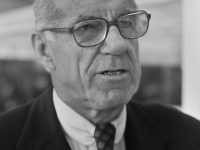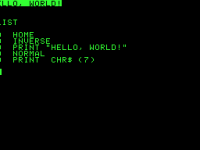Andrew Sherratt and the Secondary Products Revolution
On May 8, 1946, English archaeologist Andrew Sherratt was born. Sherratt was one of the most influential archaeologists of his generation. He was best known for the idea of the Secondary Products Revolution, which involves a widespread and broadly contemporaneous set of innovations in Old World farming, such as e.g. the exploitation of milk, wool, traction (the use of animals to drag ploughs in agriculture) as well as riding and pack transport. Andrew…
Read more


